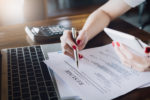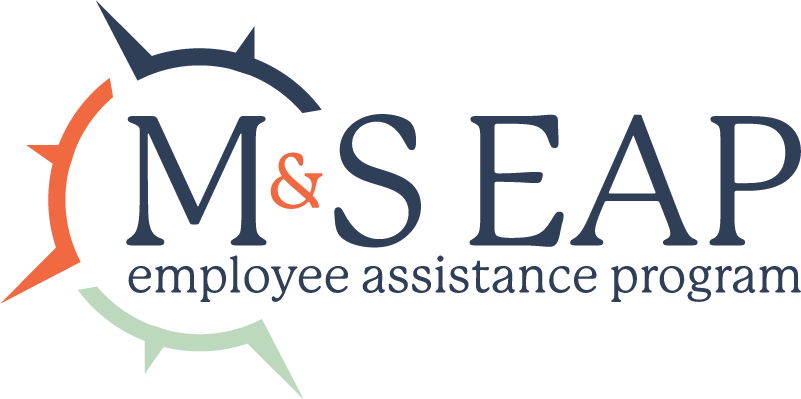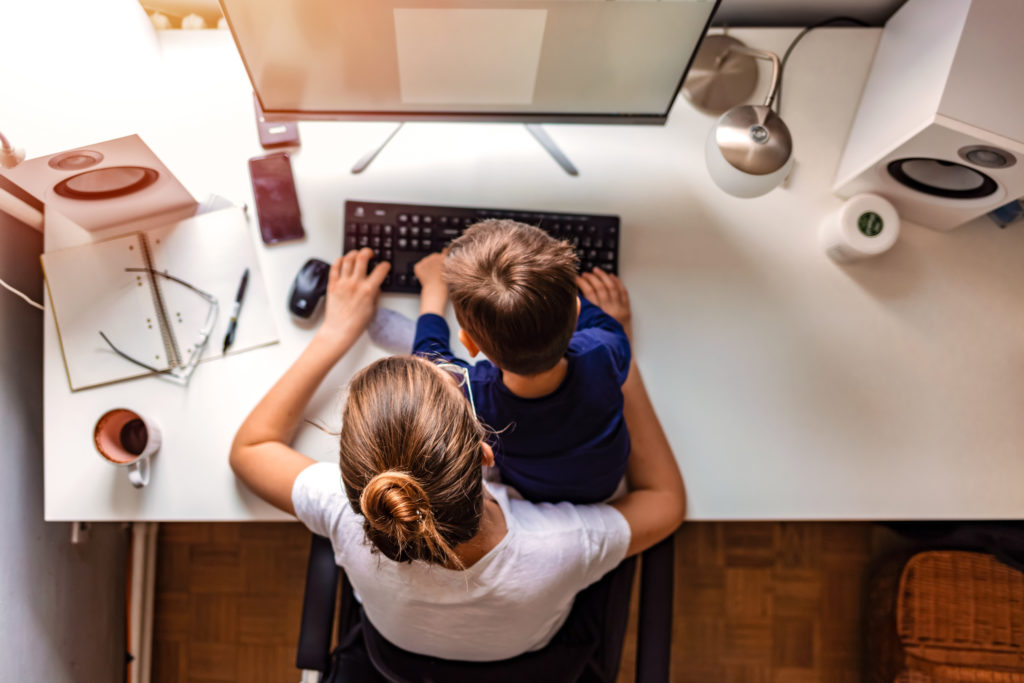How to Optimize Your Resume

Your resume is your potential employer’s first impression of you, making it one of your most important professional tools. When you’re hunting for new job opportunities, you’ll want to make sure your resume stands out among dozens of other applications.
Depending on whether you’re a fresh graduate entering the workforce for the first time or an established professional with more than a decade of experience, your resume is going to look a little bit different.
In this article, we’re going to walk you through building a resume when you’re first starting out in your career, as well as share some tips for revamping your resume if you’ve been working in your field for a while.
New to the job market
When you’re entering the workforce for the first time, or even changing career fields, you might not know exactly how to write your resume—just that employers expect you to have one.
If you’ve found yourself frantically searching “how to write a resume” and “how long should a resume be” at midnight, we’ve got a few tips for you.
When you’re new to the job market, experts recommend keeping your resume concise: using just one page to highlight your work and educational history. A resume that’s easy for a potential employer to read and that holds their attention is key.
Some additional tips for building your resume include:
- Integrate key words from your field throughout your resume
- If you’re a recent graduate, highlight your education
- Include any relevant experience or special recognitions you’ve received
- Ask someone else to review your resume and give you feedback
Ideally, the person you ask to review your resume will have already completed the job search process and secured a job in your desired field.
When you have 10+ years of experience
Whether you’re looking to continue climbing the career ladder or make a lateral move into another industry, you’ll need to update your resume to include all the skills and experience you’ve gained since you last applied for new positions. If you haven’t had to update your resume for a while, preparing for the job search process all over again can be overwhelming.
If you’ve been working in the field for years, you might need to add a second page to your resume to make room for all your relevant experience and qualifications.
Additional adjustments your resume may need before jumping back into the job hunt:
- Remove positions that are older than 15 years
- Update any field-related keywords, if necessary
- Confirm your professional contact information
- Change the font for a fresher appearance
Be sure to highlight any promotions or additional responsibilities you’ve received, or any important projects you’ve spearheaded at your company. Now is the time to boast about all that you’ve accomplished since you accepted your current position.
Timeless tips for resume building
When a potential employer picks up your resume for the first time, the first thing that’s going to catch their eye is the visual aspect. You don’t have to be a design expert to craft a professional-looking resume. But whether a resume looks organized or messy, suspiciously barren or impressively full, depends on the font you choose, as well as the font size, spacing, alignment and using bullet points versus paragraphs.
Choosing a font is one of the small-but-impactful creative decisions you get to make. It’s very important to keep readability in mind as you choose your font. For example, avoid hard-to-read cursive fonts. The standard font size is 12 points (though some people may prefer to make their name a few sizes bigger so that it stands out more).
In terms of spacing and alignment, the standard resume format has a one-inch margin all around with a left-hand alignment. When it comes to your job descriptions and/or responsibilities, some say that bullet points are easier to read, while others claim paragraphs are clearer because they’re complete sentences.
To include or not to include skills and references on a resume has long been debated. We recommend you skip adding skills and instead speak about them in an interview so you can use the additional space on your resume for work experience.
Adding a phrase such as “References available upon request” italicized at the end of your resume is optional. Regardless of whether you decide to include this, have a separate list of all your references and contact information ready to share with the employer if they’re interested.
7 things to never include on your resume
Lastly, here are some things that have no business being on your resume:
- Unnecessary personal information, such as your age
- Hobbies and personal interests
- Negative comments about previous employers or coworkers
- An unprofessional email address (we recommend using your name as your email)
- Social media profiles, unless they are both appropriate and relevant to the job you’re applying for
- A headshot
Some people find resume building to be a fairly straightforward process, while others feel overwhelmed by all of the different templates and sometimes conflicting do’s and don’ts. That’s why we’re here.
Reach out for additional guidance
If you’re feeling overwhelmed with working on your resume or navigating the job application process, we’re here to help.
At Mazzitti & Sullivan, we offer a variety of professional services to help you start, restart, or advance your career, and you can contact us 24/7 for a free and confidential consultation.
To speak with one of our qualified advisors, give us a call anytime at 1-800-809-2925.



